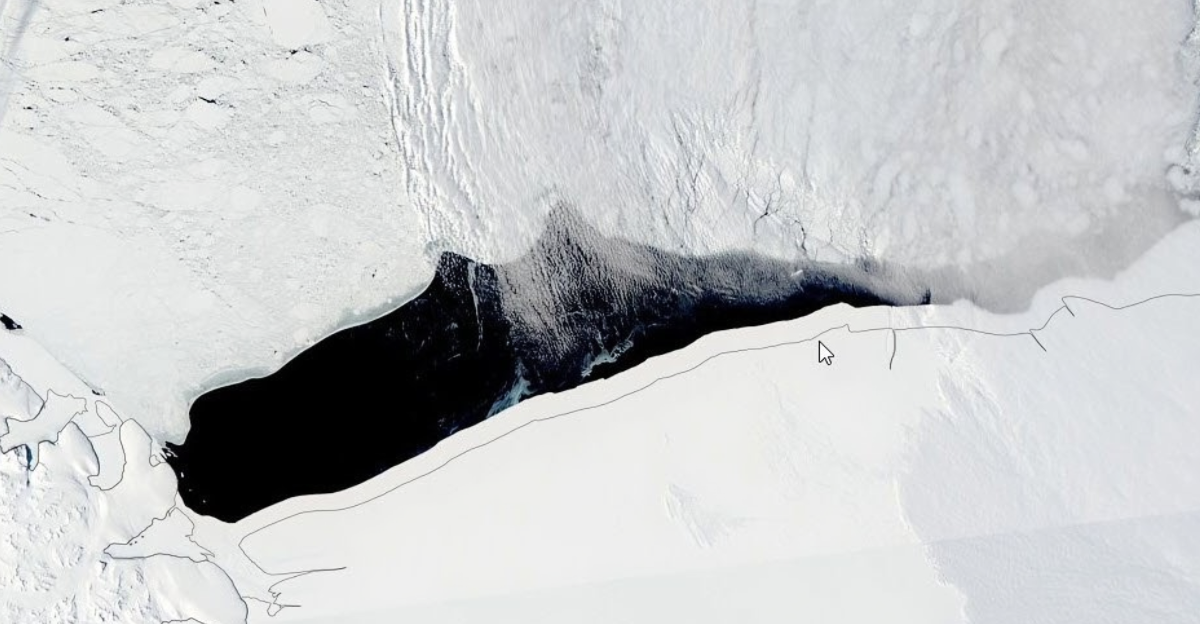
Antarctica’s Weddell Sea has a colossal hole that opens periodically and shifts drastically in size with each re-emergence. The latest emergence is around 50,000 miles squared. Its first emergence fifty years ago was around the size of New Zealand. Amid its ever-changing size, one thing remains certain—it has been igniting scientific interest for decades.
The hole is known as the Weddell Polynya and is a rare sea ice gap that is created from atmospheric and oceanic forces interacting with each other. Polynyas are not like normal ice melts, as they open up oceanic “windows” and affect heat exchange and marine ecosystems.
The hole’s re-emergence over the past few decades showcases the changes in Antarctic environments due to a variety of factors, including climate implications.
The History Of The Weddell Polynya
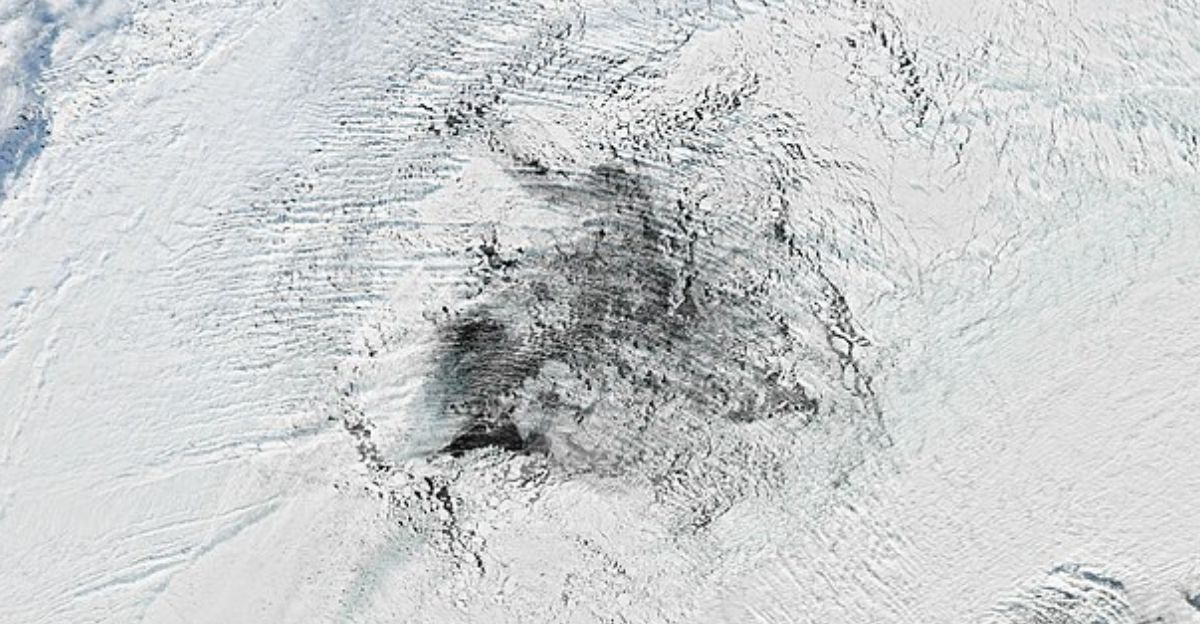
The Weddell Polynya hasn’t been around for that long, first appearing in 1973. This first emergence was short-lived, with the hole only staying for three winters before vanishing again.
This first emergence was its biggest, and it was 77,000 to 115,000 miles squared, making it a similar size to that of New Zealand. The polynya emerged again just 8 years ago in 2017. The reappearance was detected through satellite and robotic floats.
Scientific studies suggest that the reappearance of the polynya correlates with shifts in Weddel Gyre’s strength.
What Caused It’s Reappearance
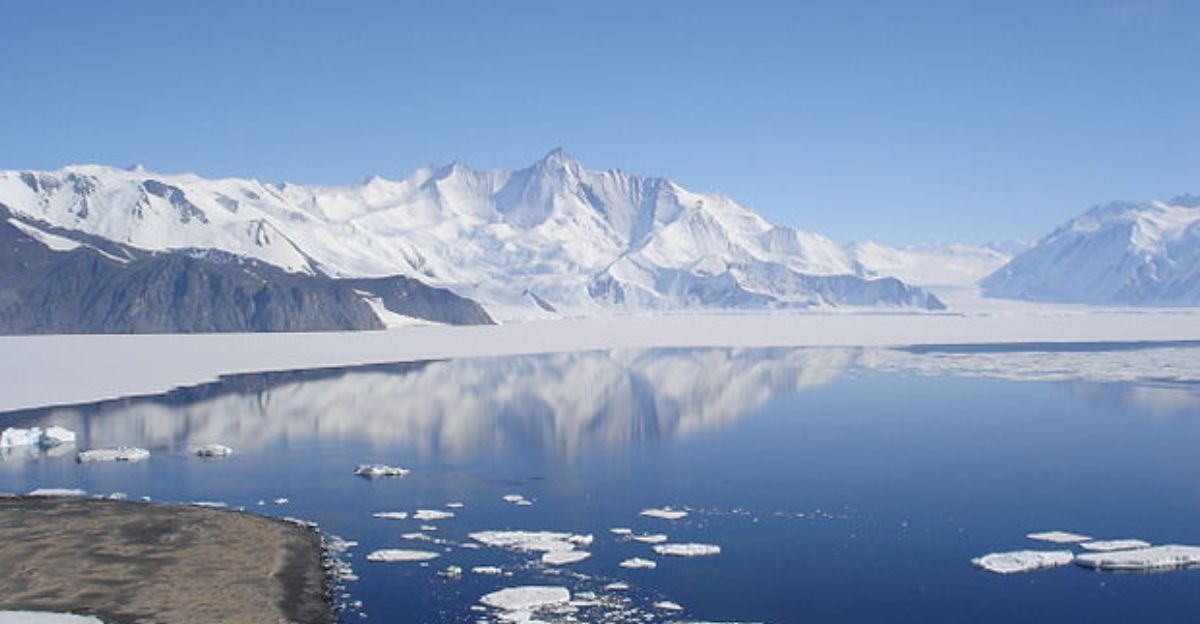
In 2017, plumes of warm, moist air-atmospheric rivers came from South America and traveled to Antarctica. These warm waters raised surface temperatures by 10-15 degrees Celsius, causing sea ice to melt and become less stable.
These factors were combined with cyclonic winds, which dragged surface layers outwards and allowed warmer and more saline waters to rise.
The impacts of atmospheric rivers and cyclonic winds working together were previously underestimated when it came to the impact they could have on Antarctic ice stability.
Ocean Gyres Causing The Melting Of Ice
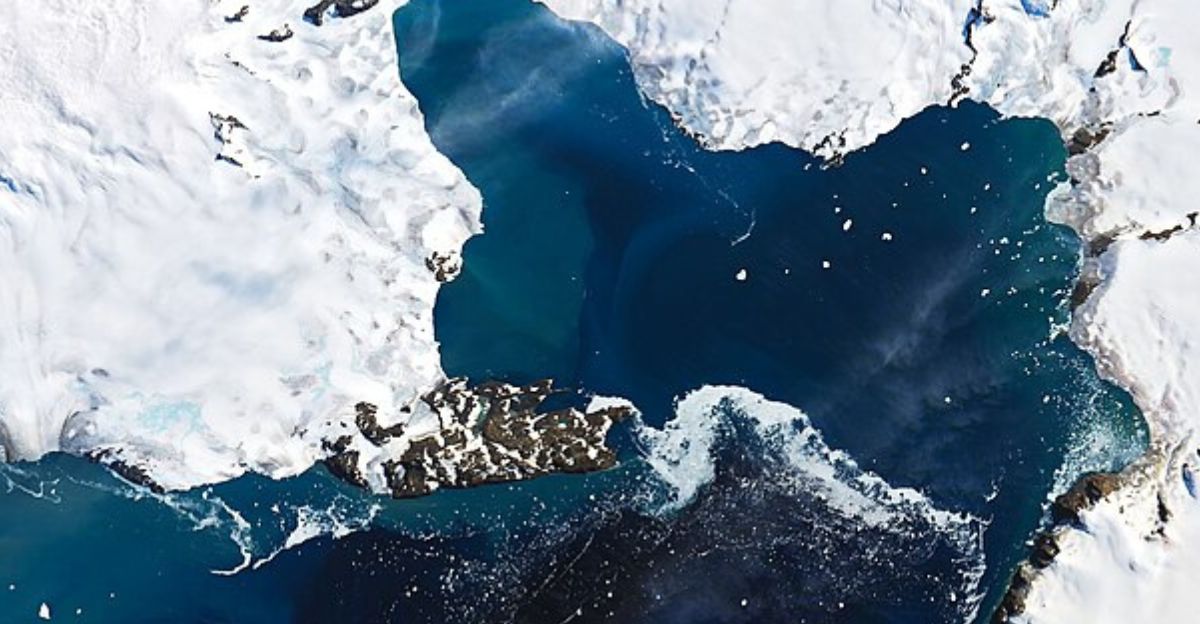
The Weddel Gyre, a large rotating gyre in the Weddel Sea, intensified its rotation from 2015 to 2018. The subsequent current played a role in the re-emergence of the polynya, channeling dense, salty water upward, which would have melted ice from below.
This created a knock-on effect, causing brine that was rejected during ice formation to sink, which only increased the salinity of the water. This sustained the polynya for weeks.
These seemingly invisible processes can cause large-scale effects and trigger disproportionate geophysical responses, such as the Weddell Polynya, to grow rapidly in size and reopen.
Amplifying Climate Change
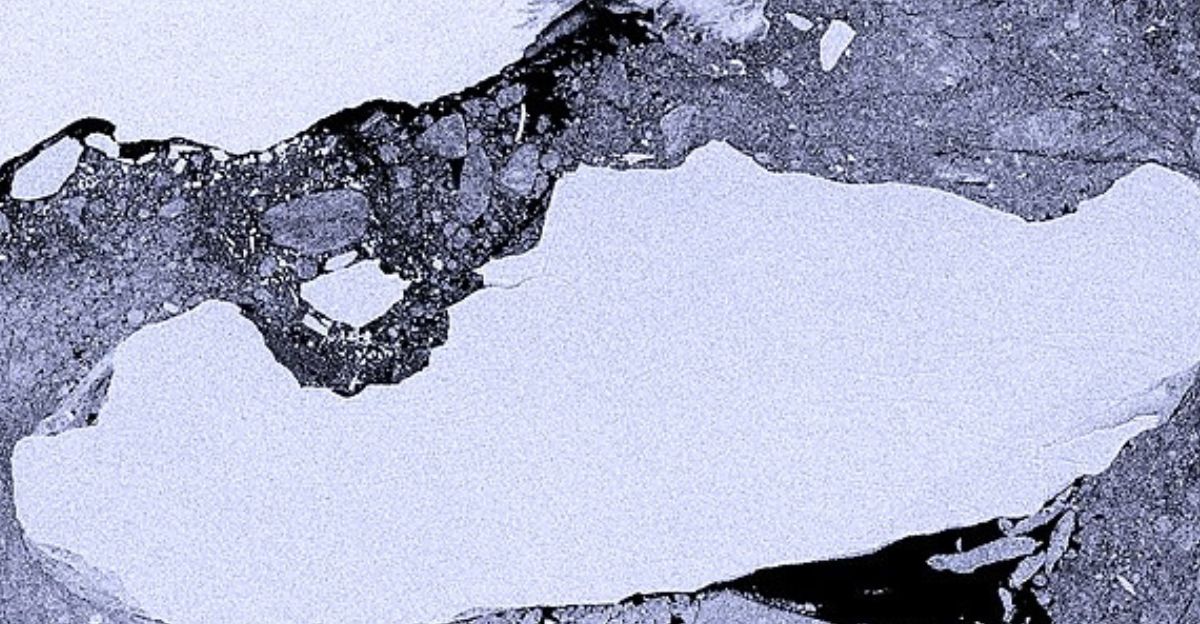
Polynyas serve only to amplify global warming. Regional ice is lost master as the polynyas expose deep ocean water, which increases solar absorption because, in the absence of the gap, the white ice reflects more heat back.
The 2017 event released a significant amount of oceanic heat, which would contribute a huge amount to annual global fossil fuel emissions. These heat releases disrupt Antarctic bottom water formation, which is an important component in global thermohaline circulation – a system of ocean currents in global ocean waters.
These risks could slow ocean currents that regulate temperatures in Europe and the Atlantic.
Thwaites Glacier
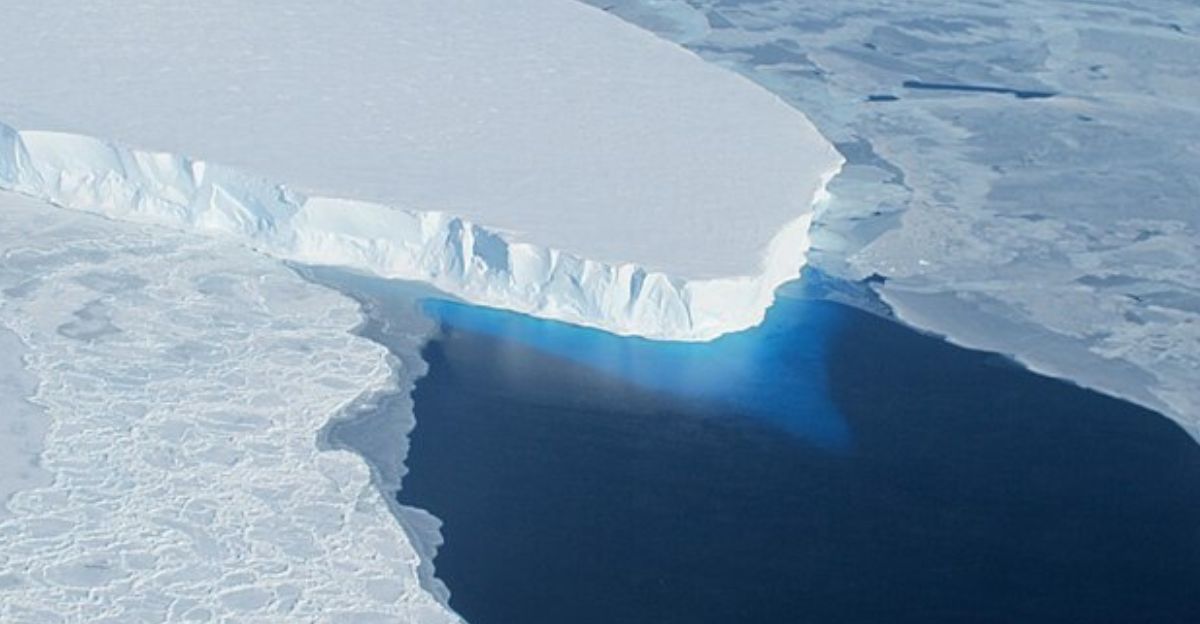
Separately, scientists have found a large cavity underneath the Thwaites Glacier. The Thwaites Glacier is often referred to as the “Doomsday Glacier” because it is melting at an unprecedented rate – losing 14 billion tons of ice each year and receding by up to 800 meters annually.
The global sea level could rise substantially if the Thwaites Glacier collapsed. Furthermore, this collapse could destabilize the West Antarctic Ice Sheet, leading to sea levels rising even more.
While this is a separate component of the Weddell Polynya, it highlights how fragile Antarctic systems can be.
Other Impacts
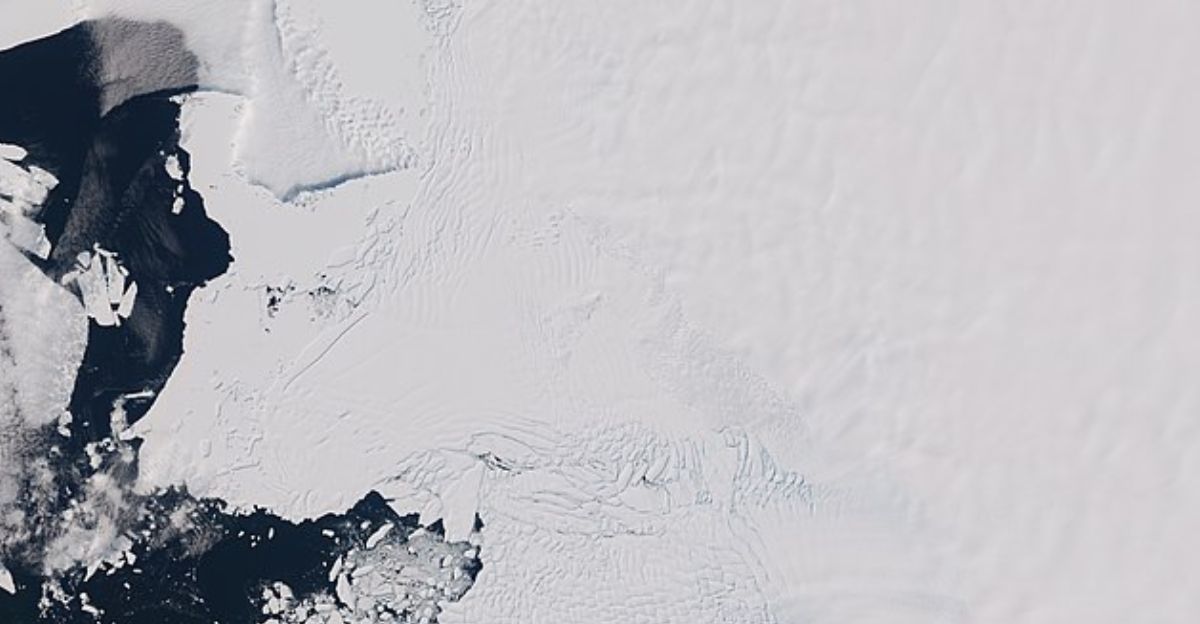
There are other potential impacts on climate change and sea level that scientists have discovered, such as a massive indentation in the Earth’s crust near East Antarctica.
This dent has been called the Wilkes Land Anomaly and maybe the impact crater of an asteroid that could have hit the Earth millions of years ago.
If this is true, such an impact could have potentially weakened the lander underneath Antarctica’s ice, making it more vulnerable to changes today, such as polynyas and glacier collapse.
Polynyas’ Impact
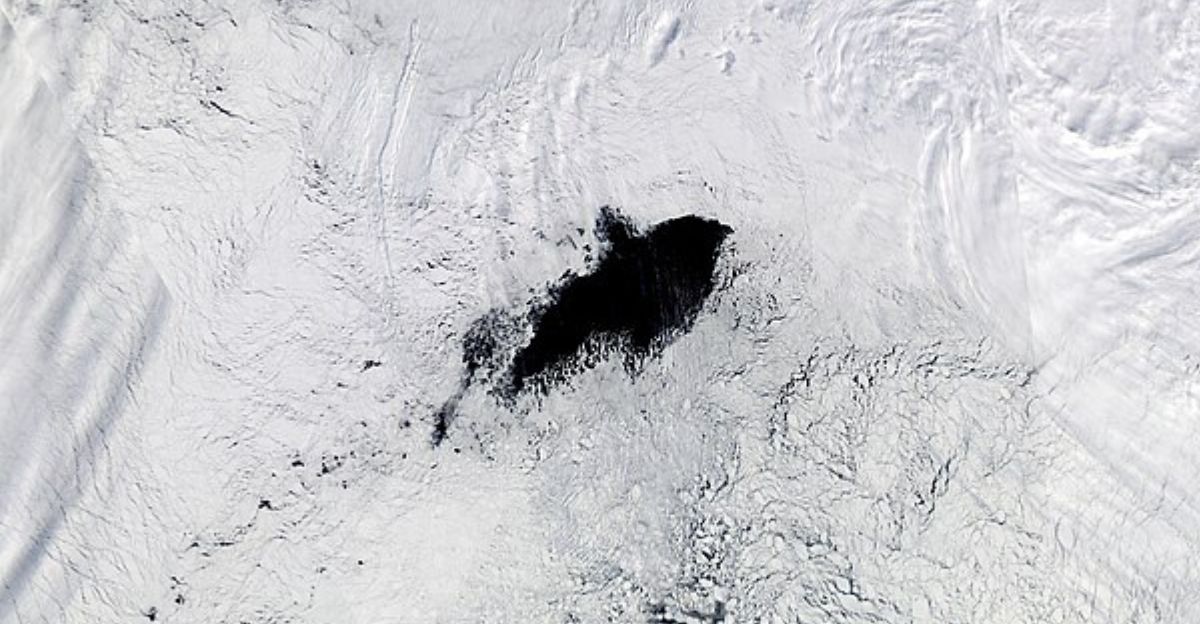
Polynyas have a variety of effects on the environment. It’s already been mentioned that exposed ocean water means more solar absorption, but this can also have positive effects on local wildlife.
The sunlight will reach ecosystems full of plankton, which will then bloom. These bloomings will create a food source for krill, fish, and whales. These blooms help to capture carbon dioxide, and the bloom in 2017 captured an estimated 40 million tons.
Other wildlife may be negatively affected if polynyas become too frequent, as they destabilize ice sheets that animals like Emporer penguins rely on to breed and raise chicks.
The Future
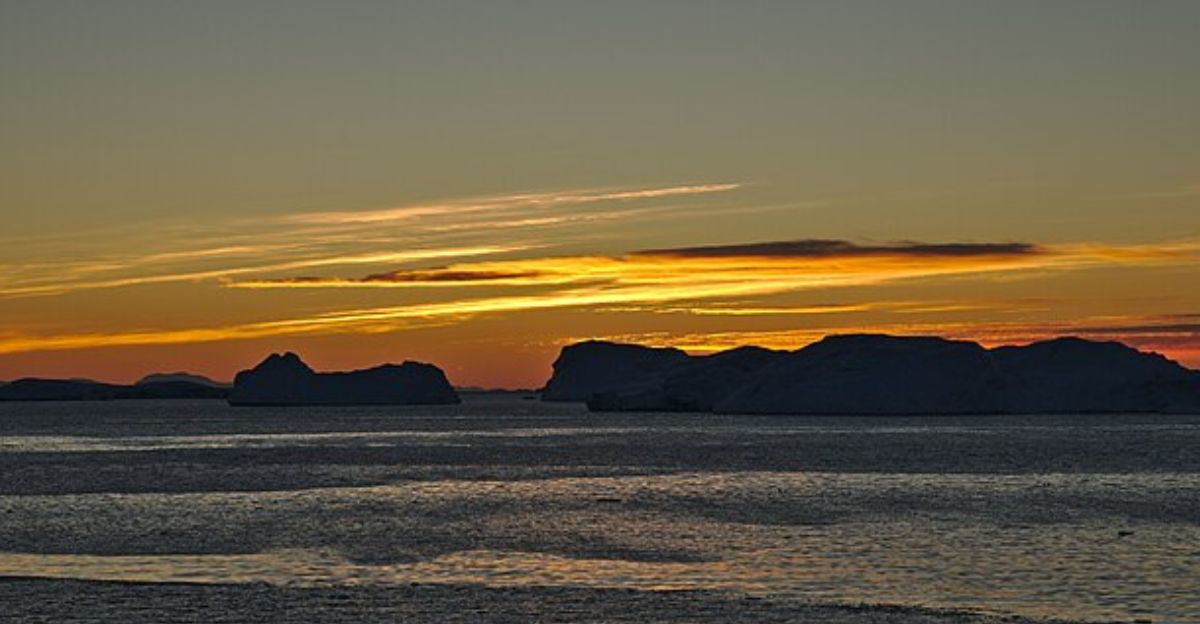
With climate change causing the planet to warm, researchers predict that atmospheric rivers and, subsequently, polynyas will become more frequent and more intense events By the end of this century, polynyas could increase by 50%.
If the Thwaites Glacier collapses, sea levels could rise significantly in the future, which would threaten millions of lives and cost global economies billions of dollars in flood mitigation efforts.
These changes could happen faster than we are prepared for, highlighting how important Antarctica is for climate models. Antarctica must be closely monitored for new anomalies or environmental changes in order for accurate predictions and responses.
A Warning We Shouldn’t Ignore
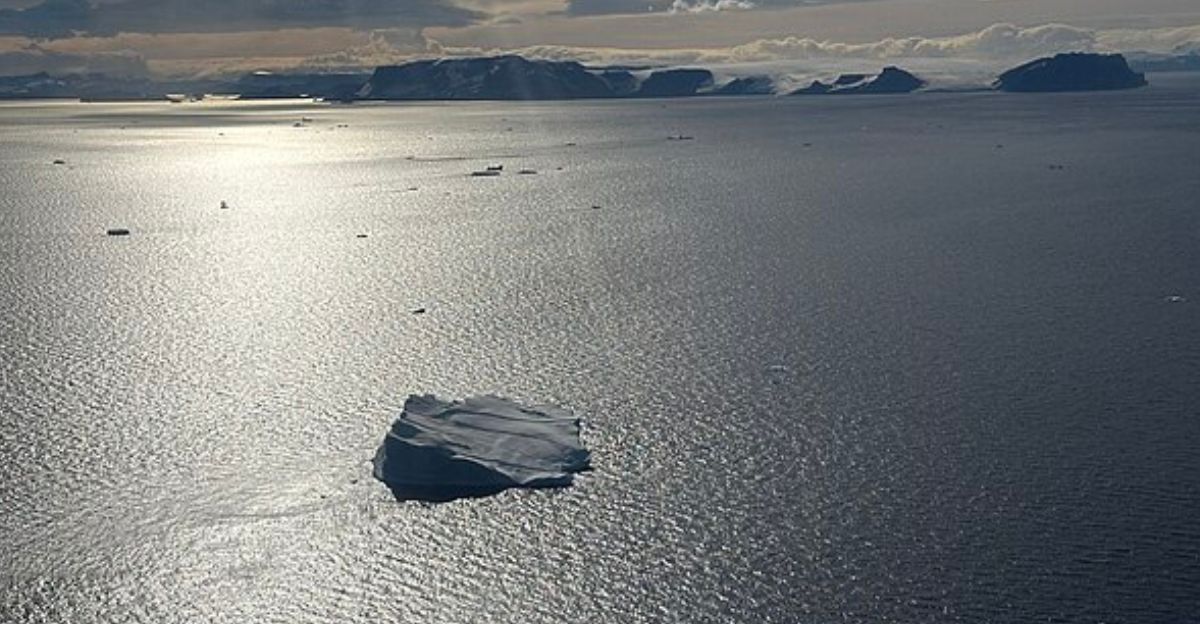
In the future, the Weddell Polynya could emerge bigger than its ever been before. This, coupled with the rapid melting of glaciers in Antarctica, are warning signs.
Antarctica contributes a considerable amount to keeping the planet’s air cooler, which stabilizes our climate. If we ignore these warning signs, chain reactions could be set off that would accelerate global warming and make it harder to mitigate.
Explore more of our trending stories and hit Follow to keep them coming to your feed!

Don’t miss out on more stories like this! Hit the Follow button at the top of this article to stay updated with the latest news. Share your thoughts in the comments—we’d love to hear from you!







